As roses fill gardens and hedgerows this season, there is a story, millions of years in the making, unfolding beneath their petals.
Analysis of rose genomes and floral structure is revealing how the stunning diversity we admire is rooted in the genes of these plants, offering new insight into how the beauty in our world is built at the molecular level.
Modern roses are a riot of colour. Some roses are showy and fragrant while others are modest and understated. Jude the Obscure is coloured in peach, Kew Gardens a soft white and Catherine’s Rose a coral pink.
Many people think of plants as nice-looking greens. Essential for clean air, yes, but simple organisms. A step change in research is shaking up the way scientists think about plants: they are far more complex and more like us than you might imagine. This blossoming field of science is too delightful to do it justice in one or two stories.
This story is part of a series, Plant Curious, exploring scientific studies that challenge the way you view plantlife.
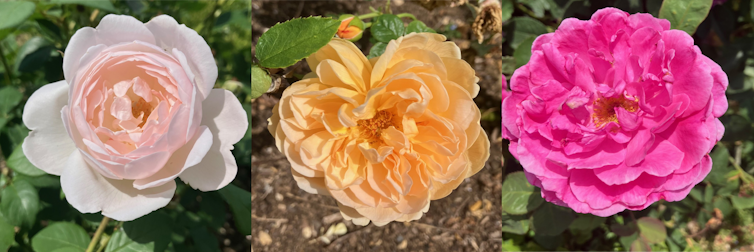
All modern roses, in one way or another, stem from a pool of ancient ancestors. The genus Rosa first appeared over 30 million years ago, while the more recent ancestral species that gave rise to today’s roses emerged around 6 million years ago. Diversifying over this time, all modern roses have come into being from these plants.
An April 2025 study by Chinese researchers suggests that the first Rosa flowers 30 million years ago were probably yellow. The researchers studied key traits of modern roses, like petal colour and the number of petals, and mapped them onto an evolutionary tree of roses. Tracing these traits through time allowed them to see how roses have changed over millions of years. For example, the next colours to appear in rose petals were pinks and reds. They also found the ancestor of modern roses alive 6 million years ago was probably pink.
The 2025 study’s evolutionary reconstruction of key rose traits suggests the first roses were simple in form, bearing a single layer of petals. Jude the Obscure and Catherine’s Rose are both double-flowered roses, meaning their blooms have extra petals. These extra petals originated through natural mutations, which were later selected for during rose breeding.
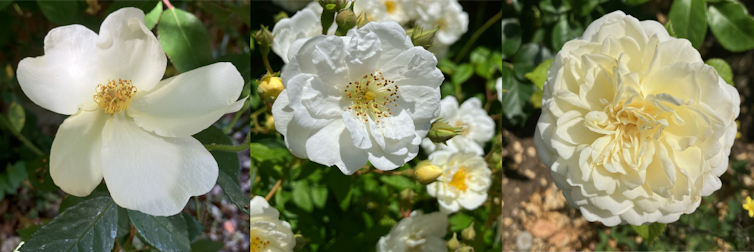
Scent is one of the main appeals of roses in our gardens. Jude the Obscure has a strong fruity fragrance, while Catherine’s Rose is said to have a subtle hint of mango. Yet, some roses are completely scentless.
Floral fragrances come from plant compounds. For instance, roses that emit a lemony aroma owe it to the compound citronellol. Scientists aren’t sure why some Rosa species produce these compounds, but they probably help attract specific pollinators or serve as part of the plant’s defence system.
A 2024 study found that fragrant roses have more genes involved in the production of scent compounds compared to their less fragrant cousins. These fragrant plants produce compounds in high abundance, their complex aromas attracting pollinators and our senses alike. This suggests that, over time, scent production became an advantageous strategy for some roses, because it costs energy to produce these genes.
After their origin over 30 million years ago, roses gradually evolved a remarkable range of forms, colours and fragrances. Today, there are more than 300 accepted species in the genus Rosa. Fossil evidence and genetic studies suggest that the ancestors of roses first evolved in central Asia, probably in modern-day China and the Himalayan foothills. Their natural diversity helped roses adapt to temperate climates, spreading throughout Asia. From there, they gradually expanded westward, reaching Europe around 15 to 25 million years ago.
In only the last couple of centuries, roses have undergone a second wave of diversification, this time driven by human hands. Modern rose breeders selected between eight and 20 wild rose species — particularly from Asia, such as Rosa chinensis and Rosa multiflora, as well as European species Rosa gallica and Rosa canina — to create all modern cultivated varieties. This process enhanced traits that appeal to our senses and produced flowers with more petals, deeper and more vibrant colours and stronger, more complex scents.

Wikimedia
For example, genes involved in petal development have been selected to produce fuller, double-flowered blooms. Other genes associated with pigment production have been targeted to enhance deeper and more vibrant colours. Likewise, genes involved in the synthesis of scent compounds, such as one known as NUDX1, have been favoured to intensify rose fragrance.
Other characteristics flower breeders targeted include recurrent flowering, disease resistance and reduced prickle formation. Many wild rose species originally had far more prickles than modern garden varieties. Outside of our gardens, this may leave them more vulnerable to grazing animals.
This botanical experiment, guided by human hands, has shaped the stunning diversity we cherish today. This cultivation is what sets roses apart from their close relatives. Rubus, a closely related genus including blackberries and raspberries, has more than 800 species. There are over 300 Rosa species but it is estimated there are over 35,000 varieties of modern rose.
Rose breeding is still evolving, with future varieties promising new petal shapes, enhanced pest resistance and greater resilience to climate extremes.
Beauties such as Jude the Obscure, Kew Gardens and Catherine’s Rose are the result of centuries of careful cultivation and scientific understanding. So, the next time you walk through a rose garden, take a moment to appreciate the deep history behind each bloom.

The post “The hidden history behind every rose blooming this summer” by Alexander Bowles, Glasstone Research Fellow, Plant Science, University of Oxford was published on 07/21/2025 by theconversation.com











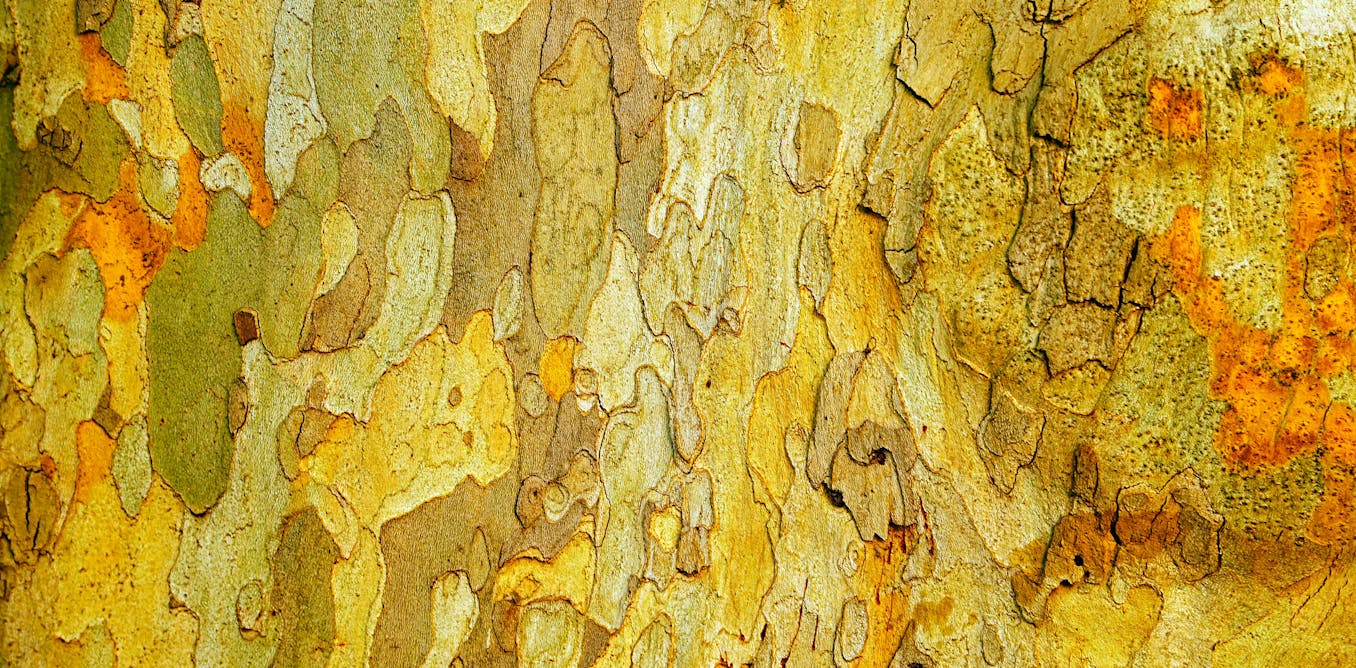

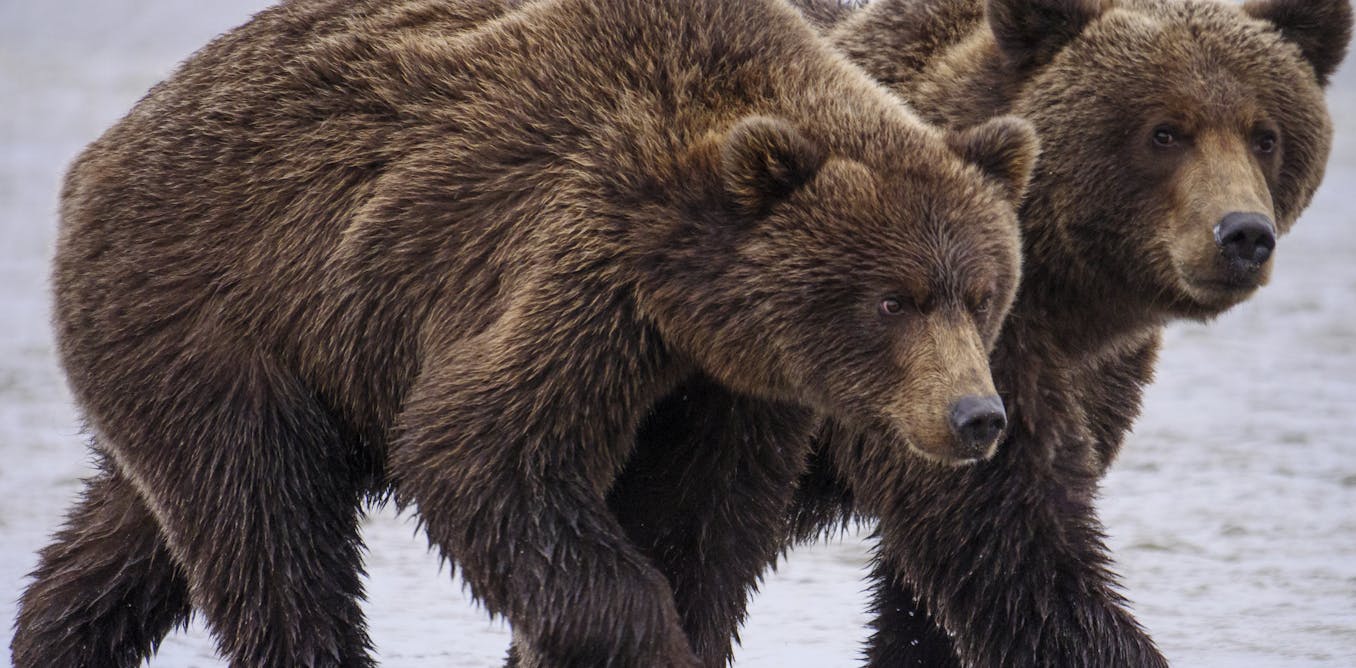

















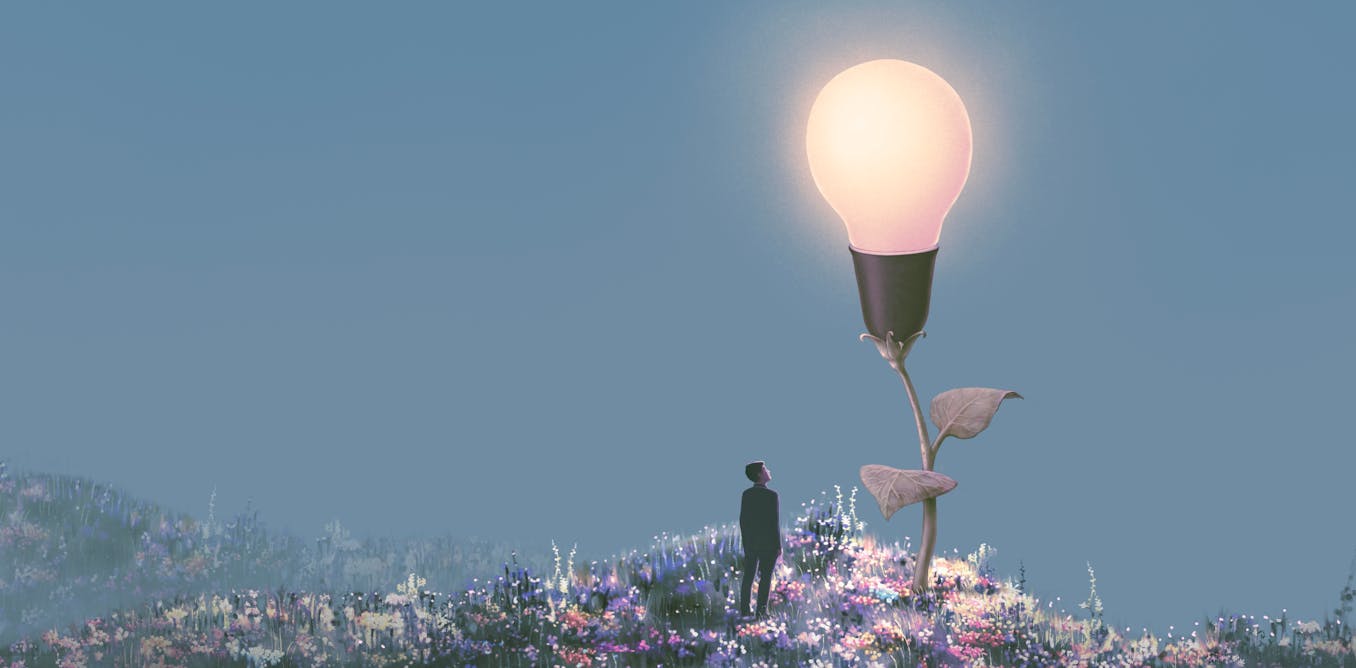
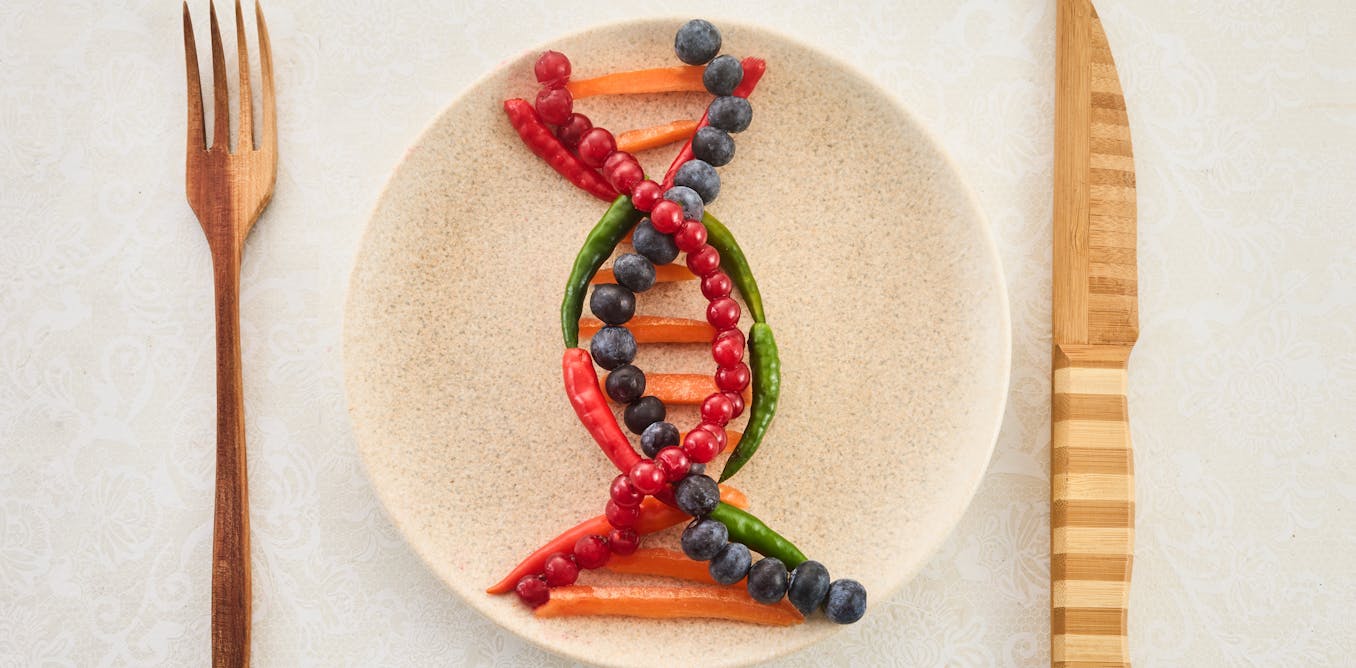
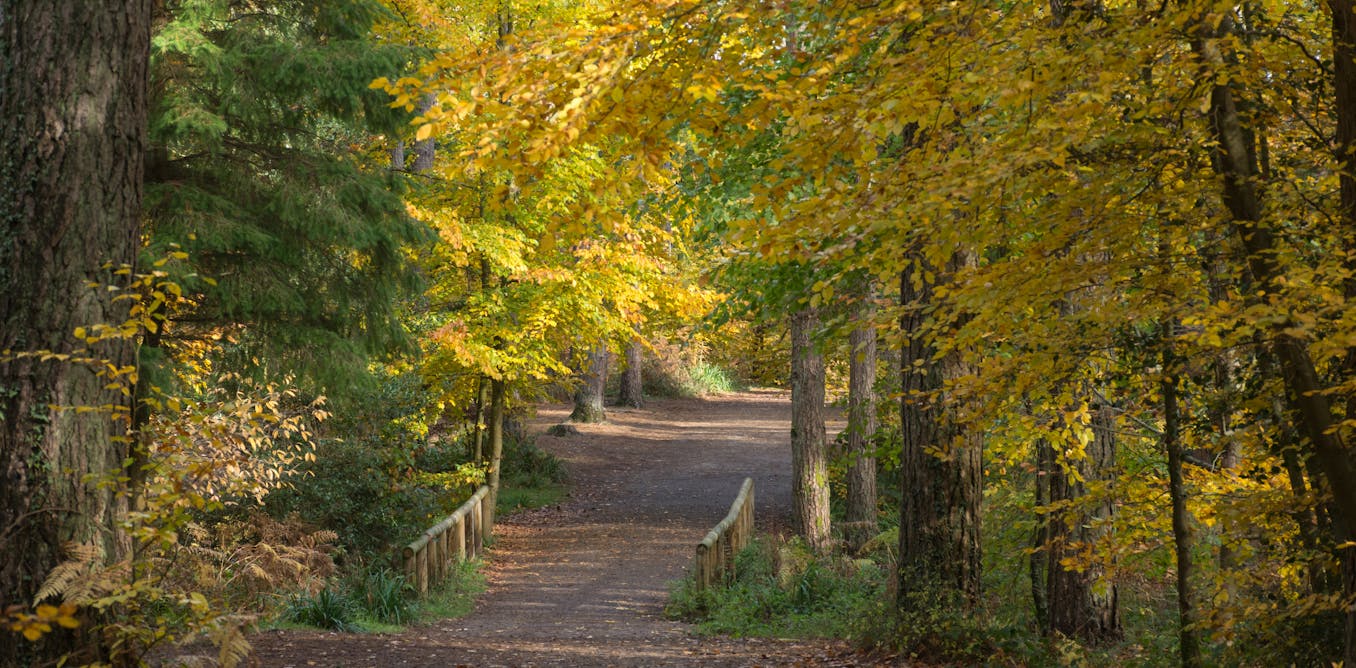
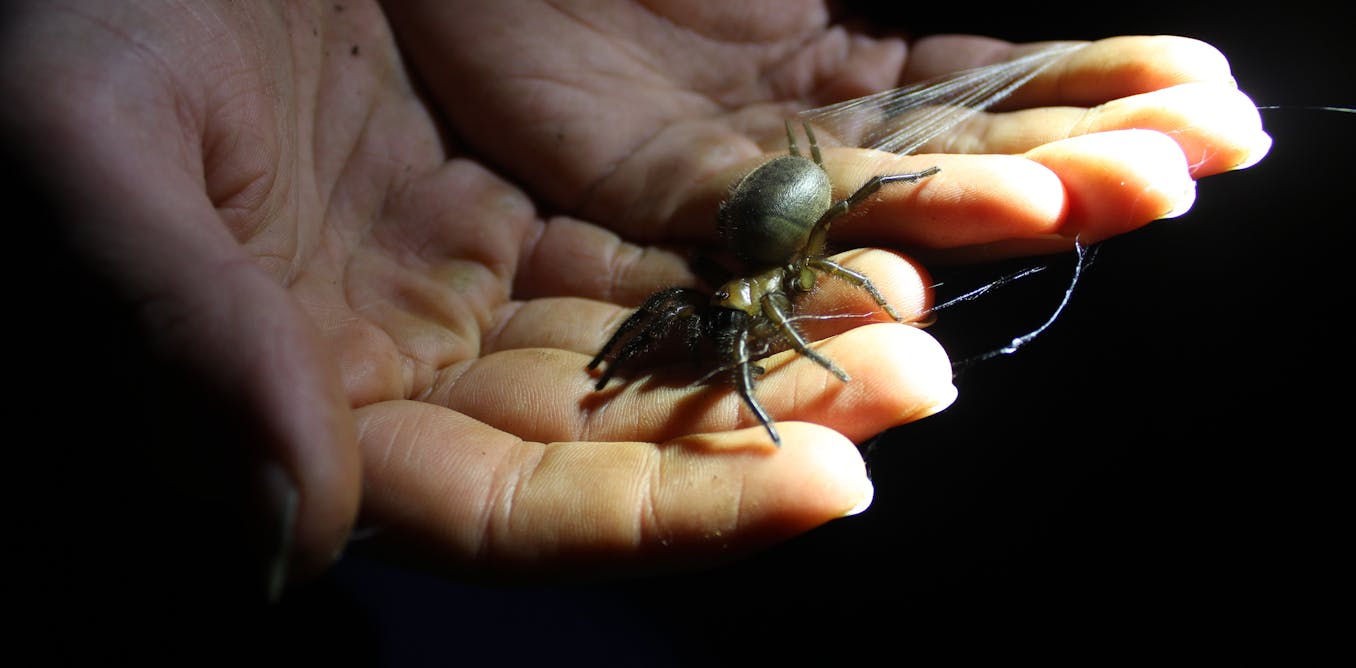

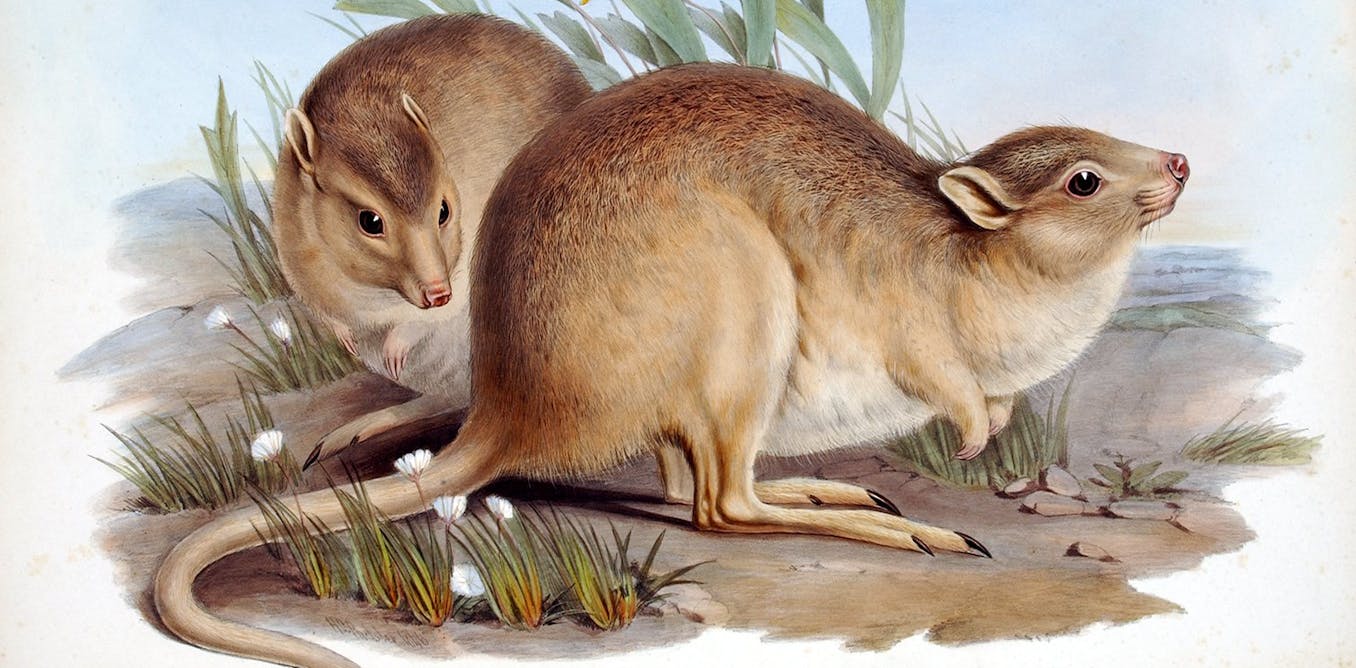
Leave a Reply